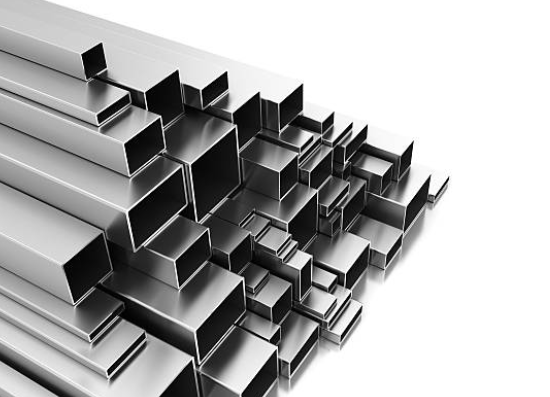
Posted on Thursday, October 3, 2024
A square tube profile is a type of hollow structural section (HSS) with a square cross-section. It is commonly made from metal, typically steel or aluminum, and is known for its strength, rigidity, and versatility. Square tubes are widely used in construction, manufacturing, and framing due to their ability to bear significant loads while maintaining a relatively lightweight structure.
Square tube profiles are utilized in a variety of structural and non-structural applications:
Roll forming machines are essential in manufacturing square tube profiles. The process starts with a flat metal strip or coil, which is fed into the roll forming machine. The machine has a series of precisely aligned rollers that gradually shape the metal into the desired square profile through continuous bending. Key steps include:
The roll forming process ensures that square tube profiles are consistent in size and shape, allowing for tight tolerances and uniformity across large production runs. These tubes are durable and versatile, making them suitable for various construction and industrial projects.

Understanding Coil IDs, Mandrel Sizing, and Shear Pin Safety in Uncoilers
Posted on Wednesday, October 1, 2025
Mismatched sizes can lead to machine damage, downtime, and safety hazards — often evidenced by a shear pin failure.

How Coil Tensile Strength Affects Roll Forming and How to Adjust Your Machine
Posted on Wednesday, October 1, 2025
Changes in tensile strength can significantly affect the finished profile, causing misaligned bends, uneven edges, and out-of-spec parts.

Why Paint Cracks on an Embossing Line Running Pre-Painted Coil and How to Prevent It
Posted on Wednesday, October 1, 2025
This issue not only affects the visual quality of the product but can also lead to increased scrap rates and customer complaints.

The Most Popular Standing Seam Metal Roof Panels in the U.S. — A Comprehensive Guide
Posted on Monday, September 29, 2025
In this post, we’ll explore what panel styles and sizes are most popular in the U.S